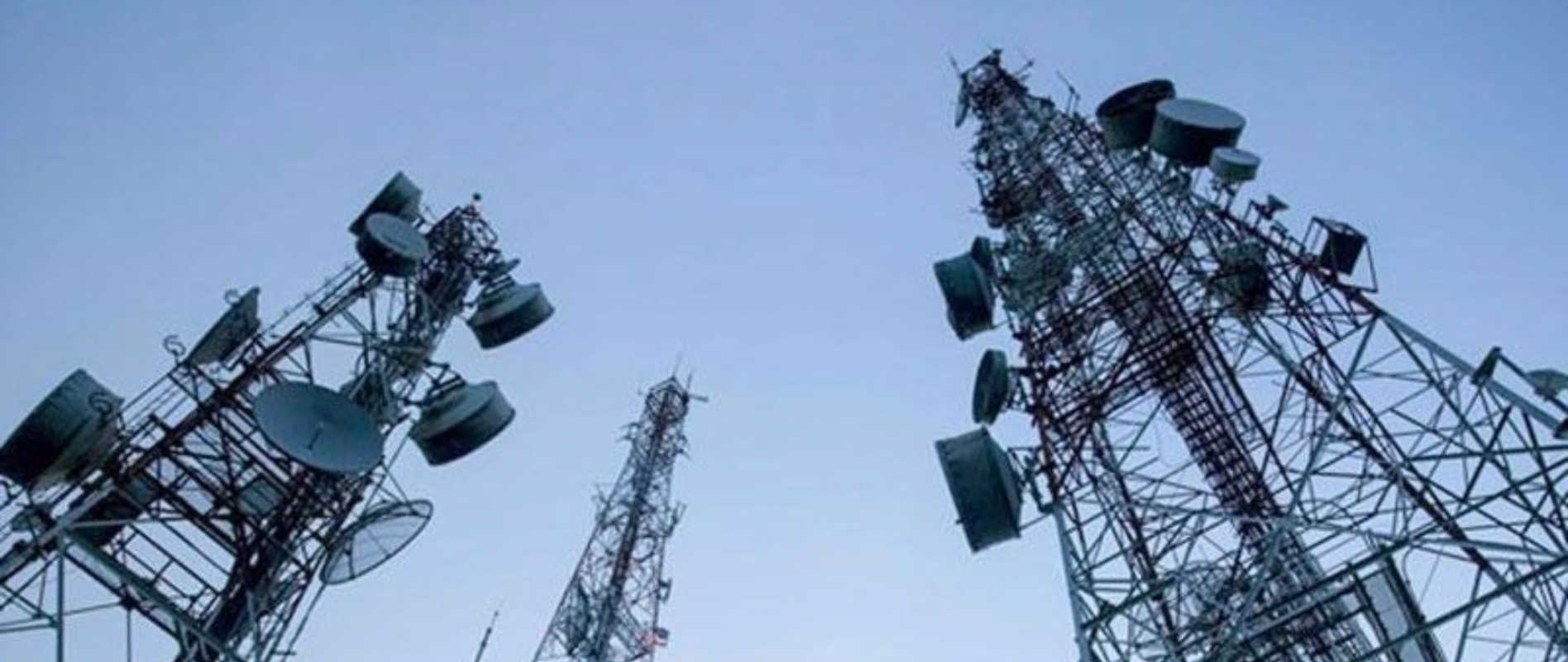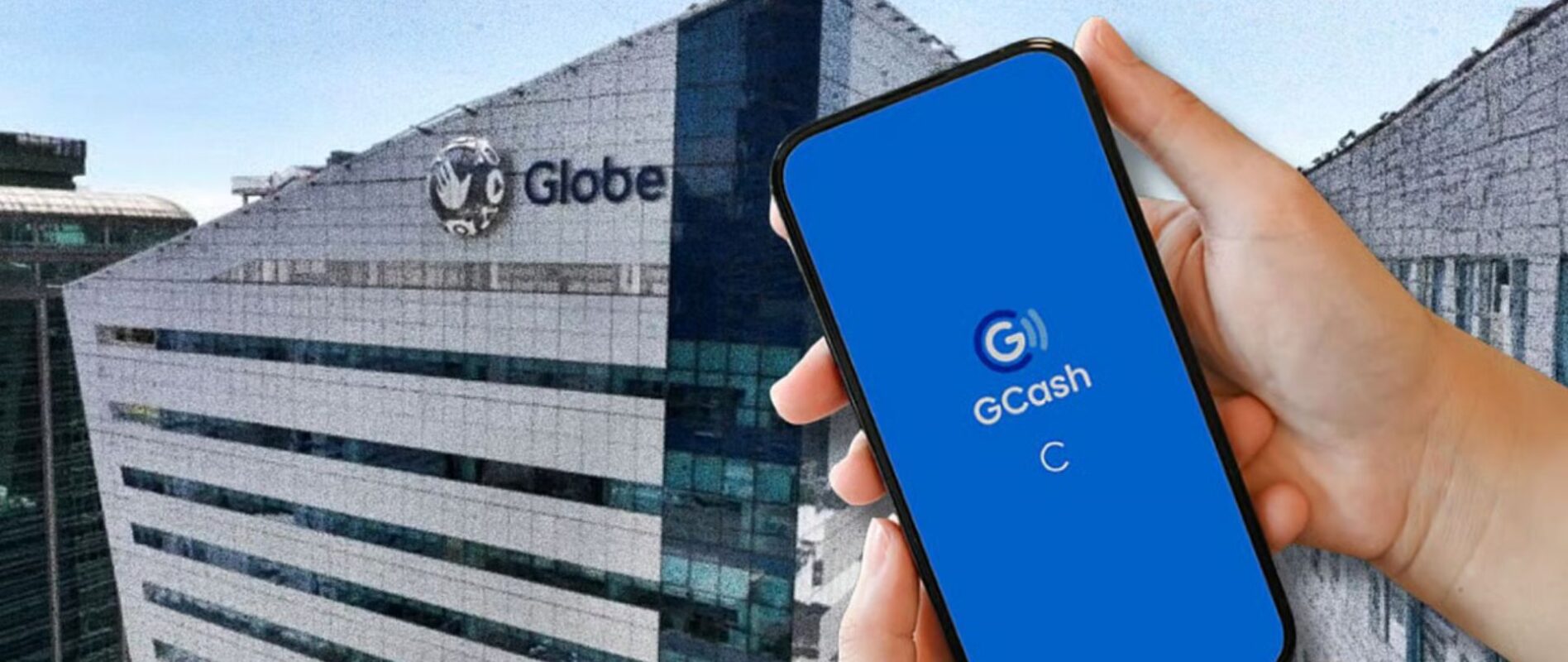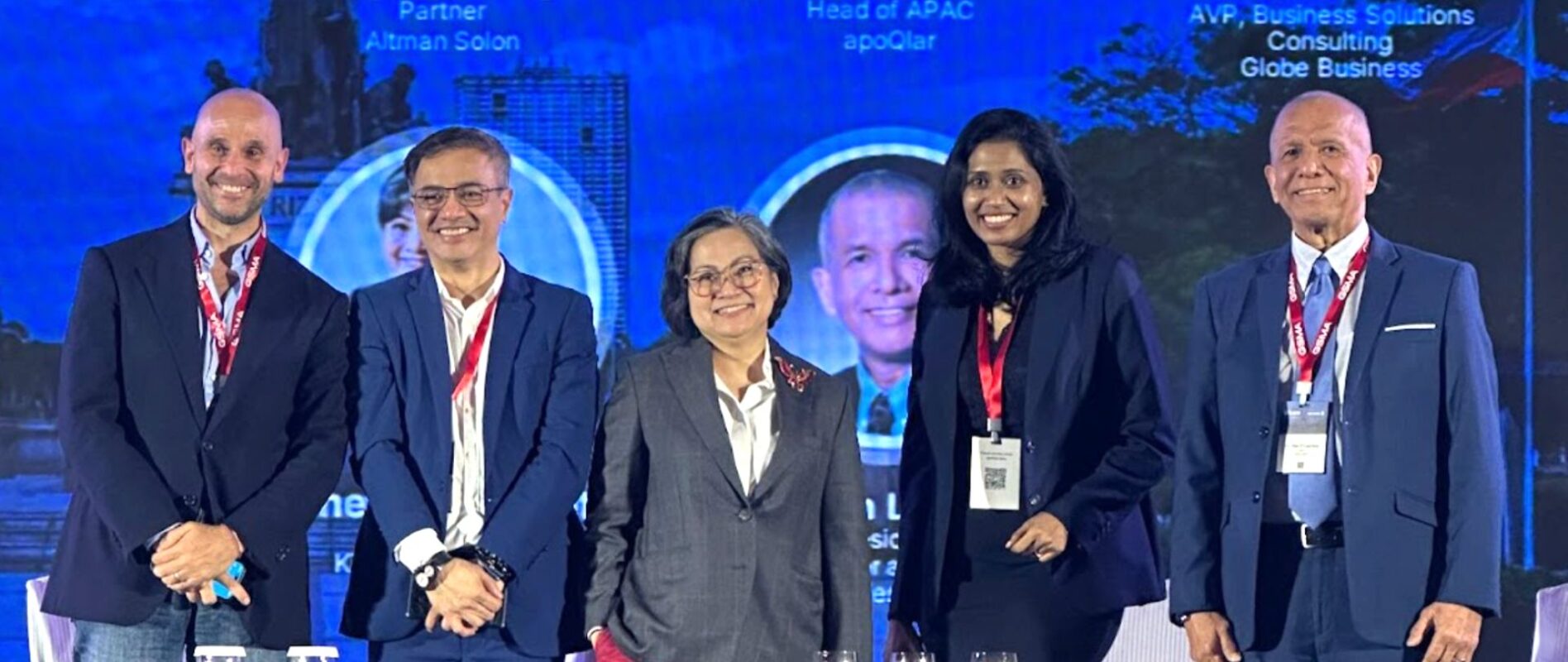GLOBE EXPANDS CONNECTIVITY IN UNDERSERVED AREAS—WHERE IT MATTERS MOST
Globe is deepening its commitment to digital inclusion by expanding mobile connectivity in Geographically Isolated and Disadvantaged Areas (GIDAs) and underserved communities—supporting the country’s digital transformation where it’s needed most.
The strategic push was highlighted by Globe President and CEO Carl Cruz at the recent Bloomberg’s The Look Ahead – Manila event at Shangri-La The Fort in BGC, Taguig City, where he laid out a future-forward vision for Globe as a telco enabling equitable digital access.
“We’re no longer connecting only where it’s profitable—we’re connecting where it matters most,” Cruz told Bloomberg’s Haslinda Amin. “We’re building more than infrastructure—we’re enabling opportunity. We are opening doors for millions of Filipinos to participate meaningfully in the digital economy.”
This vision comes to life in Globe’s support for the Department of Information and Communications Technology’s Bayanihan SIM initiative, which provides mobile access to students, teachers, health workers, and LGUs in remote communities. The program is a clear example of how public-private collaboration can deliver immediate, measurable impact—especially in areas left behind by traditional connectivity models.
7,063 barangays are classified as Geographically Isolated and Disadvantaged Areas (GIDAs), home to nearly 25 million residents. As of 2024, over 600 Globe cell sites were already operational in GIDAs.
Active Digital Population
Despite the Philippines being one of Southeast Asia’s most active digital populations—with Filipinos spending an average of 8 hours and 52 minutes online daily, according to the Digital 2025 report—access remains highly uneven.
As of 2024, only 33% of households nationwide were subscribed to fixed broadband, based on the latest figures from the Department of Information and Communications Technology (DICT). Mobile connectivity in many GIDAs remains unreliable or unavailable, leaving vast segments of the population excluded from the country’s digital momentum. These gaps underscore why inclusive access is no longer just a development aspiration—it’s a national imperative.
Globe is responding with deliberate investments in expanding its mobile footprint to cover underserved areas. This includes the enhancement of existing cell sites, the deployment of energy-efficient infrastructure, and the gradual migration from legacy networks to more reliable LTE services. The company is also optimizing its use of shared infrastructure to reach farther, faster.
“If user data consumption is surging past 30 GB per month per user, then our strategy is not just about connectivity—it’s about empowering households, enabling SMEs, and growing the digital economy,” Cruz said.
These efforts are part of Globe’s broader commitment to equitable growth and long-term nation-building. Connectivity in underserved areas is more than a business opportunity—it’s a responsibility. By delivering mobile access in areas where education, health, and livelihoods depend on digital tools, Globe is helping to uplift communities, unlock potential, and close the access gap.
“We’re committed to connecting the unconnected,” Cruz emphasized. “Because when we bring connectivity to underserved areas, we’re not just improving signal—we’re improving futures.”
With connectivity now a lifeline, Globe continues to lead with purpose—ensuring that progress reaches every corner of the country.
To learn more or support the cause, visit globe.com.ph.








